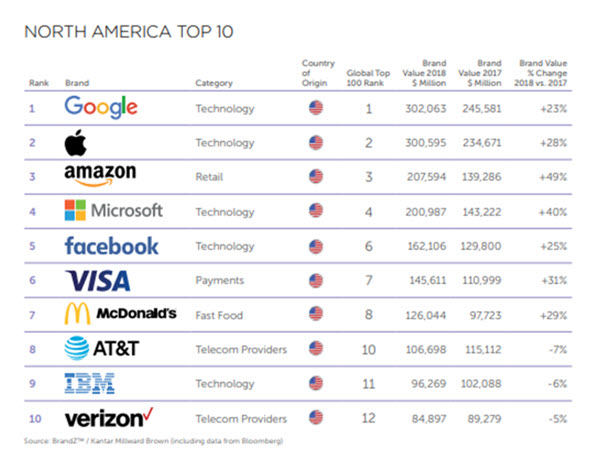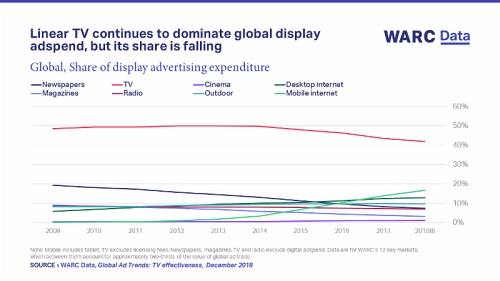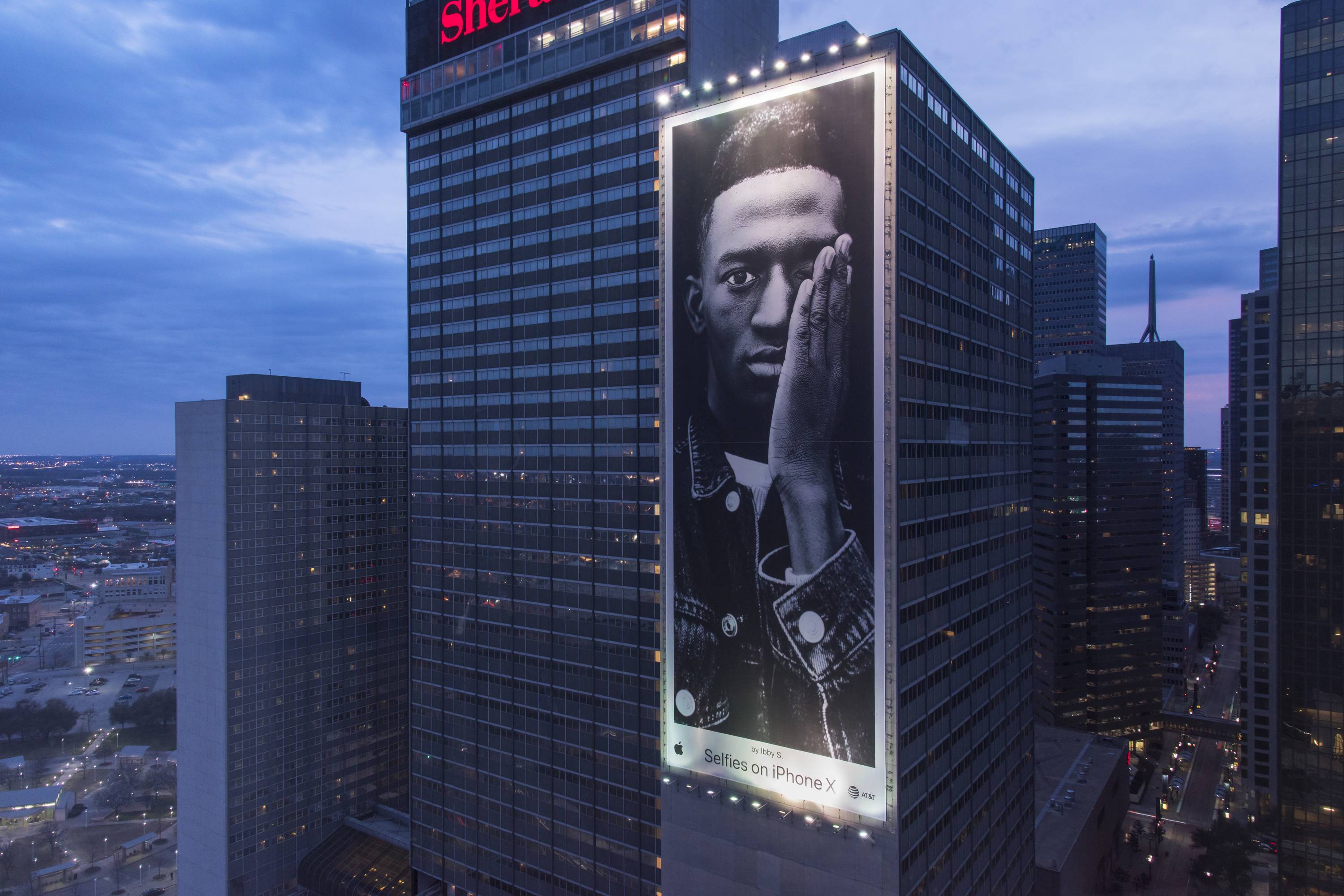
Digital ooh advertising has emerged as an incredibly effective way of reaching your target audience. The technology has evolved rapidly over the years and you can easily create and display your ads at any place in real-time.
There are many different kinds of ooh and woo campaigns that you could run. Each one can be tailored to your specific budget and needs. You might consider strategically placing billboards in places where people are most likely to see them.
Your ooh campaign will stand out from others if you create a striking and unique design. This can be done by using your company's logo, slogan or hashtag. It is also a smart idea to include a picture or video of your product.

UGC, or user-generated contents (UGC), is another great way to get the message out. UGC allows consumers to post their own experiences with your brand or products, and you can then use those experiences as part of your marketing campaign.
You can do this by asking users to share their experiences on social media and then re-displaying them on billboards or other locations. This is a great way to reach your target audience in an engaging and unique way. It also gives the consumer a chance for deeper connections with your brand.
Humor is a key component of some of the most memorable ooh ads. Take, for instance, the hilarious 'Stop telling porkies' campaign from Quorn, which showed an orange van driving around London and delivering their meatless sandwiches. The advertisement generated lots of laughters from passersby and was well-received by the company through social media posts that have been shared millions of times.
OOH ads are a great way of tying your brand to a current event. This is what the UK's 'Make The Most of Summer' Google OOH campaign did. It featured common summer-related Google search trends on signs located near major locations. This was a fantastic way for the tech titan to reach its target audience and provide them with relevant information. They also felt positive about their relationship to the company.

Another option is to use your campaign ooh to show that you are committed to environmental conservation. The Guardian launched a surrealist series ads designed to look like Trump's coronavirus and the environment. Rafael Alejandro, an artist, created these ad designs. They are a remarkable way to highlight the urgent issues facing humanity.
You can also combine ooh and other media to make a more dynamic and integrated advertising campaign. You might consider running an advertisement for your product in a cinema. This would be displayed on screens after people have left the theater. This is a highly effective way to interact with your target audience while at the cinema. Plus, it can be much cheaper than you might think.
FAQ
What is an advertiser buyer?
An advertiser buys advertising space on TV, radio, print media, etc.
Advertisers pay only for the time their message is to appear.
They are not necessarily looking for the best ad but rather what is most effective at reaching their target market.
An advertiser might have details about potential customers, including their age, gender and income.
Advertisers can use these data to determine the best medium for them. Direct mail might be more effective with older customers, for example.
Advertisers also check out the competition. Advertisers might place their ads near similar businesses if they see them.
Advertisers should also consider the budget they have and how long they plan to spend it before it expires.
Is there any way to get free traffic?
The traffic that is free comes from organic search results and does not require you to pay for ads. This is also known as organic or natural traffic. You can get traffic free of charge by using article marketing, social media marketing and blogging.
Article Marketing is one way to get free traffic. Paid ads are more expensive than the CPC. Article marketing is also referred to as content marketing.
Social Media Marketing- You can promote your business using social media sites like Facebook and Twitter. You can use these platforms to post updates, share photos and build relationships with people who may become potential customers. Many businesses choose to pay for ad space on social media websites because they want to reach a wider audience at a lower price.
Blogging – Blogging is another way to get free traffic. If you create quality content that people love to read, visitors will find you. You can sell products and services once you have attracted visitors to your blog.
Email Marketing: Email marketing is a proven method to increase traffic to your website. Email marketing is an effective strategy to grow your subscribers and eventually sell things.
What is radio advertising?
Understanding how different media interact with each other is crucial. Remember that media can complement each other and are not necessarily competitive.
Radio is best used as an extension of television advertising. It enhances television by reinforcing important messages and providing additional details.
For radio listeners, TV commercials can often be too long. Radio ads are often shorter and cheaper.
How much does advertising on social media cost?
Social media advertising is expensive if you choose to take this route. You'll be charged monthly according to how long you spend on each platform.
Facebook: $0.10 per 1,000 impressions
Twitter: $0.20 per 1,000 impressions (if your tweet is on Twitter)
Send out invitations on Linkedin for $0.30 per 1000 impressions
Instagram - $0.50 per 1,000 impressions.
Snapchat – $0.60 per 1,000 impressions ($0.40 for each user)
YouTube - $0.25 for 1,000 views
Tumblr Text Posts - $0.15 Per 1,000 Impressions
Pinterest - $0.05 per 1,000 impressions per month
Google+ - $0.15 to $0.0.20 per 1,000,000 impressions
Tumblr: $0.15-$.20 per 100,000 impressions
Vimeo – $0.20- $0.25 Per 10,000 Impressions
Soundcloud - $0.20 - $0.0.25 for 1,000,000 plays
StumbleUpon - $0.20 -$0.25 per 1 billion pageviews
Digg: $0.20 – $0.25 per 1,000 diggs
Reddit: $0.20-$0.25 for 1000 comments
Wordpress - $0.20--$0.25 per 500 comments
Flickr - $0.20 -- $0.25 per 5,000 photo uploads
What is branding exactly?
Branding is a way to communicate who and what you are. It is how you make people recall you when they hear you name.
Branding is about creating a memorable brand identity for your company. A brand is not just a logo but also includes everything from your physical appearance to the tone of voice used by employees.
Customers feel more confident buying from your company if they have a solid brand. They know what they're getting. They also feel more confident choosing your products than those from competitors.
Apple is a prime example of a company with a strong brand. Apple is a globally recognized brand because of its beautiful design, high-quality product lines, and friendly customer service.
Apple's brand has become synonymous with technology. Apple is what people think about when they see a smartphone, computer or tablet.
When you consider starting a business, it's important to develop a brand. This will give you and your business a face.
Advertising: What is it?
Advertising is an art form. It's not just about selling products. It's about making emotional connections between people, brands, and each other.
Advertising is about communicating ideas through images and stories.
Communicating clearly and persuasively is key. It is important to share a story that appeals to your target audience.
Advertising is therefore distinct from other forms communication such as writing and public speaking.
By creating a successful campaign, you can create your brand identity.
This is how you make yourself memorable. You will be remembered by others.
How can I select my target audience?
Start with yourself and those closest to your heart. Do you not know where to start? Ask yourself "Whom do I want to reach?"
These are some questions to ask yourself: Who is the most influential person in my industry? What problems do they have to deal with every day? What are their top talents? Where can they be found online?
Go back to the beginning when you started your business. Why did you start? What problem solved you for yourself? How did that happen?
These questions will enable you to identify your ideal client. You'll also learn more about what makes them tick and why they buy from you.
You can also look at your competitors' websites and social media pages to find clues about whom they cater to.
Once you have identified your target customers you will need to choose the channel to reach them. A website might be created to reach home buyers, for instance, if your business provides services to agents in real estate.
A blog that targets small-business owners could be a possibility if you are a software provider.
If you sell clothing, you can create a Facebook fan page for teens. Or if you're a restaurant owner, you could set up a Twitter account for parents looking for kid-friendly places to eat.
The important thing is that you have many options for getting your message across.
Statistics
- Advertising's projected distribution for 2017 was 40.4% on TV, 33.3% on digital, 9% on newspapers, 6.9% on magazines, 5.8% outdoor, and 4.3% on radio. (en.wikipedia.org)
- This means that at least 50% of an ad needs to be shown on the screen for at least one second. (quicksprout.com)
- In 1919 it was 2.5 percent of gross domestic product (GDP) in the US, and it averaged 2.2 percent of GDP between then and at least 2007, though it may have declined dramatically since the Great Recession. (en.wikipedia.org)
- Google will display whichever ad type (CPM or CPC) is expected to earn more revenue for the publisher, which is in Google's best interest since they take a 32% share of the revenue. (quicksprout.com)
External Links
How To
How do I advertise with Google?
AdWords allows companies to purchase ads based on specific keywords. First, you need to set up an account. First, you choose a campaign name. Next, you set the budget and select the ad type. Finally, add keywords. Next, you will bid for those keywords. When someone clicks one of the ads you place, they pay only if that click comes from someone who searched with one of your targeted keywords. You get paid even if people don't purchase anything.
Google has many tools available to make sure your ads are effective. These tools include Ads Preferences Manager Manager, Keyword Planner and Analytics. These tools allow you see which options work best for your business.
A keyword planner helps you determine which keywords to use for your campaigns. It also shows you how much competition there is for certain keywords, helping you decide whether or not to spend money bidding on them.
Ads Preferences Manager can be used to adjust settings such as the maximum impressions per hour and the minimum price per click.
Analytics allows you to track and compare the performance of your ads with those of other advertisers. You can view reports that show how your ads performed in comparison to other ads.